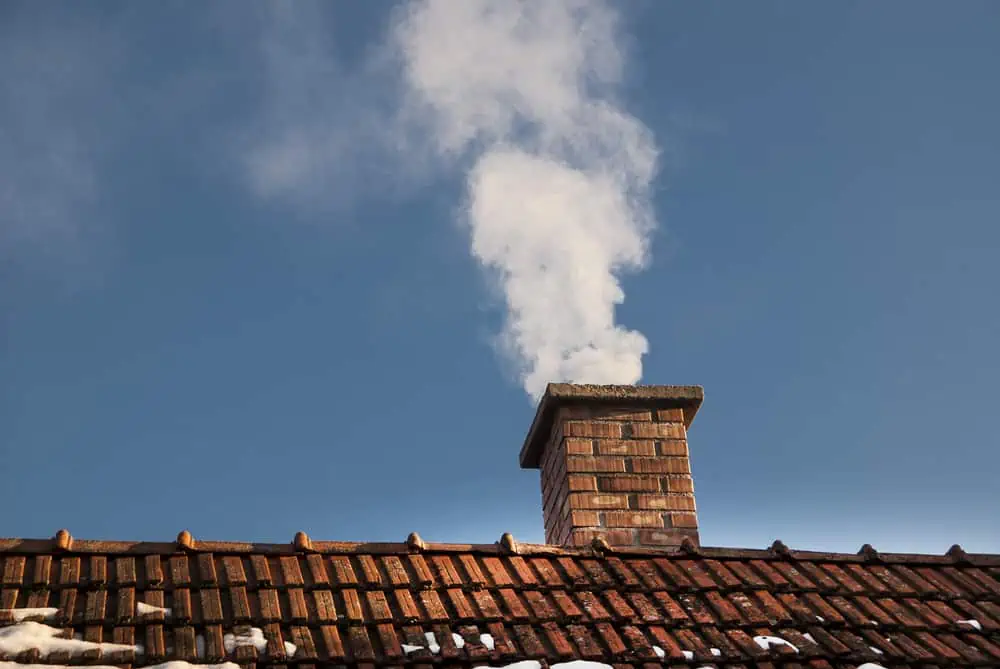It’s always important to have a basic understanding of any maintenance being done in your home. However, this can be challenging when a technician is working on areas you don’t understand.
Chances are you’re not a chimney expert. You may not know what to expect when a chimney sweep does an inspection of your chimney.
Each Chimney Inspection Can Vary
 Not every chimney inspection is the same. Depending on the situation, a chimney sweep may do a more or less extensive inspection. More extensive inspections are more expensive. For this reason, it’s important to know why you would need one and what they entail.
Not every chimney inspection is the same. Depending on the situation, a chimney sweep may do a more or less extensive inspection. More extensive inspections are more expensive. For this reason, it’s important to know why you would need one and what they entail.
Basic Inspection
If you need an annual inspection and are not making any changes to your chimney system, you just need a basic chimney inspection. During this inspection, your chimney sweep will look at the areas of your chimney that are already exposed or can be exposed without using tools or removing panels and doors. He will also look at the accessible parts of the appliance and its connection to the chimney. For these areas your chimney sweep may use basic tools or remove panels or doors but replace them undamaged after.
In a basic inspection a chimney sweep is checking the structure of your chimney system is structurally sound and safe without taking anything apart.
A More In-Depth Inspection
If you’re making changes to your chimney system, selling your home, or your chimney was damaged by an event like a chimney fire, a chimney sweep may decide do a more in-depth inspection. He may use tools or remove panels and doors to look at the interior and exterior areas of your chimney instead of only doing so for the appliance and connection. He may also go to areas like the attic or basement to fully inspect your chimney. The chimney sweep will also visually check the inside of your chimney, usually using video scanning software.
A Very In-Depth Chimney Inspection
If during an inspection your chimney sweep realizes there may be serious damage that can’t be inspected with only basic tools, he may have to use specialty tools or remove parts of the structure to fully see the problem. This type of inspection is only done if it’s absolutely necessary because it can be destructive.
